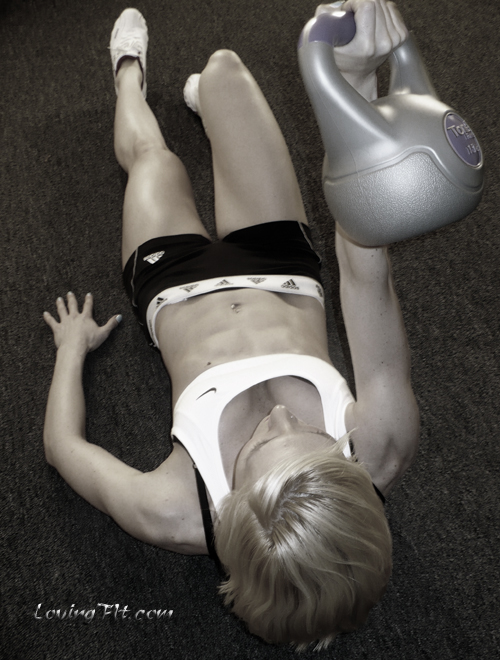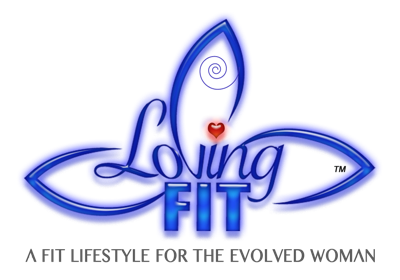Aerobic vs Anaerobic Exercise

Aerobic Vs Anaerobic Exercise
The question you would want to ask is: what’s the differences between aerobic and anaerobic exercise? Which one is better? And why should you know about it?
Aerobic means with oxygen. I know what you think, oh how silly, I am using oxygen all the time.
This is how it works:
When you begin to exercise the first energy your body begins to use is the energy stored in your muscles. After that energy supply is used up, your body begins the production of new energy, which your lungs extract from the air. Your heart has to work harder to continuously deliver oxygen to your body, and this makes your heart stronger. Also known as cardiovascular exercise. Aerobic exercise is the best way to improve your cardiovascular fitness.
It also reduces health risks like preventing cardiovascular disease, high blood pressure, obesity, high cholesterol, type 2 diabetes, arthritis, stroke and even certain cancer.
Aerobic Exercise Strengthens the Immune System
Making you less susceptible to colds and flues. Because it makes your heart stronger, it pumps blood more efficiently, which improves blood flow to all parts of the body. Improved blood flow results in more oxygen and essential nutrients being delivered to the cells in the body ( this is why it’s essential to have your post-workout protein shake within 30 minutes after your workout ). It also results in more effective removal of toxins and other waste materials from the body.
Aerobic exercise strengthens the respiratory system as well, and improves the efficiency with which the respiratory system can supply oxygen to the body. The cells in the body need a constant and generous amount of oxygen to carry out their vital functions.
Aerobic exercise decreases your body fat
Exercising aerobically is a very effective way to lose body fat. And when combined with strength training and proper diet, it’s the best way to loose body fat. Because in the beginning of exercise your body mainly uses carbohydrates for energy, and when the sources are out it dips in to fat storage. After about 20 minutes of semi- intense workout, your body begins to use fat as its primary energy source.
If you exercise for a longer periods of time over 20 minutes, like walking, running, or during any kind of moderate or semi – intense exercise, that is Aerobic exercise.
Anaerobic Exercise
Means without oxygen ( not in a completely literal way, because you are obviously still breathing ). Anaerobic exercise uses energy stored in your muscles at a high intensity for a short period of time.
Anaerobic exercise improves your VO2 max (the highest amount of oxygen one can consume during exercise) and thus improve your cardio-respiratory fitness.
Increases your capacity to withstand the buildup of waste substances (such as lactic acid) and removes them from the body. This means your endurance and ability to fight fatigue will improve.
Overall anaerobic exercise may be somewhat less beneficial for cardiovascular fitness.
However, it is better at building strength and muscle mass and still benefits the heart and lungs. In the long run, increased muscle mass helps a person become leaner and manage his or her weight, because muscle uses large amounts of calories.
Anaerobic exercises such as HIIT ( high intensity interval training ) cannot last very long. Because when you begin to workout at an extreme intensity, lactic acid begins to accumulate at high levels in the bloodstream and causes muscular fatigue. But with training, the body becomes better equipped to handle lactic acid. With time your body begins to adopt and remove lactic acid from the bloodstream much faster.
If you are a beginner, HIIT is not something you should start with, because it will be a shock to your body. Beginners have to start out with building a basic fitness foundation first, and that is Aerobic Training. And with time you can progress to HIIT.







